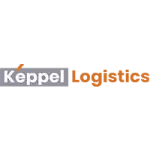As an educator, I believe school is a vital training ground that shapes who we become. Every experience our children and youth encounter in school influences their growth and future potential.
Through my experience, I’ve learned that positive learning bridges education with happiness and well-being. It’s grounded in Martin Seligman’s PERMA model and the Values in Action (VIA) framework, emphasizing strengths and positive qualities in every student.
By adopting this approach, we can create an environment where every learner thrives emotionally and academically. Discover how the right School ERP System can support this process. Try a free demo today and see the difference it can make.
Also read: 5 Ways to Increase Your School Management Efficiently
Key Takeaways
|
How to Apply Positive Education

Teacher-student bonds are another main focus of these interventions. When a teacher gives feedback, they are told to be specific about what the student did well rather than just saying, “Good job!” Alterations to these seemingly inconsequential interactions can have a significant impact, and the language of reinforcement can make all the difference. The results of a study show that it was more beneficial than punishment in the classroom for students of all ages and skill levels
PERMA Models

I often use the PERMA Model to teach happiness and well-being. It stands for Positive Emotion, Engagement, Relationships, Meaning, and Accomplishments. Developed by Martin Seligman, this model profoundly shapes my teaching approach.
P – Positive emotions
Positive emotion is about feeling good, and it is clear that feeling good is the best way to be happy. When you feel good, you have a positive attitude. But this kind of happiness is not just someone flashing a great smile, which anyone can do and, unfortunately, can be faked. Positive emotion goes further than that. It can include accepting the past, no matter how bad it was, and looking forward to the future with hope.
Such emotion doesn’t mean a person should be happy 100% of the time because that is impossible. Positive emotions affect many other aspects of life, including the PERMA model. Mistakenly, pleasure and enjoyment are equated with happiness. The model defines pleasure as meeting physical necessities such as food, shelter, drink, clothing, and safety. Enjoyment comes from painting, cross-stitching, or exploring a car’s engine. Happiness follows enjoyment.
E – Engagement
The second part of the PERMA Model is “Engagement,” which stands for everything a person can become thoroughly interested in. Almost everyone can relate to the feeling of being entirely absorbed by a book or other form of entertainment. It is suitable for a person’s intelligence, emotions, and skills, which is why a child who is busy putting together different Lego components or piling blocks should be allowed to do so.
Doing something that keeps a student interested makes them happy, even if it has nothing to do with their course or other people think it is silly. There are many ways to improve “Flow” in the classroom, such as tying the lesson into something your students like to do, giving them a challenge that is neither too hard nor too easy and having a nice place to work.
R – Relationship
The PERMA model says relationships are the third part of happiness and well-being. As human beings, we want to connect with others and be a part of a group, like a clique, a school club, or a circle. We were made in a way that makes us want and need love, affection, attention, and interaction.
How we respond to others, connect with others, and show gratitude to those who help us or are a part of our lives can all make a difference in how well we get along with them. People need to build relationships with family, coworkers, friends, and peers to get emotional support from these groups when things get complicated. Girls in high school usually go to the bathroom together, even if only one must go—this simple but straightforward example of the need to belong and interact.
M – Meaning
The fourth part of the PERMA Model is meaning, which we could define as finding significant value in something we believe in or more excellent than ourselves. For some people, it comes from helping the community, doing religious or charitable work, spending time with family, or working toward a professional or creative goal. There is so much more to life than just money and material possessions.
These things are more valuable than any money, giving people a reason to be happy and keep going. What makes a person want to live, above all else, is finding meaning in their lives. Connecting school programs with class activities important to students and the community is a great way to help students develop a deeper understanding of life and themselves.
A – Accomplishment
Accomplishments are the fifth and final component of the PERMA model. Having accomplished something special is a source of pride for every person. It is these accomplishments that strengthen our self-esteem and our confidence that we are worth something. Our desire to improve and advance grows whenever we experience success. It can be seen even in very young children.
For example, a little girl learns how to use a spoon and fork to eat, and when she sees how proud her mother is, she keeps using her spoon and fork. She also wants to learn new things that are harder than what she already knows, like filling her glass with water or putting her toys back in the cupboard. In short, these accomplishments make people want to do more and feel good about themselves.
Also read: The Best School Management System for You
Positive Learning Integration Into Educational Programs

I’ve found that simple, consistent, and enjoyable activities are the most effective ways to get my students excited about learning. Since recognizing and understanding individual strengths is essential in positive learning, I help my students see both their own and others’ strengths. My goal is to create a classroom environment where positivity and growth mindsets flourish. Here are some activities I use to incorporate positive learning in my class.
1. Pleasant activity scheduling worksheet
According to the PERMA model, positive emotion is the first important part of happiness and well-being, so the pleasant activity scheduling worksheet might be a good idea. This worksheet helps students think about things that make them happy so they can feel better all day. Teachers can tell their students to use this to keep track of things that make them happy in class.
2. Daily mood tracker
This daily mood chart helps students track how they feel throughout the day. This simple chart for self-reporting will help students figure out how they feel at different times of the day and week. Teachers can also use it as a mood chart to monitor the class’s level of involvement.
3. Understanding empathy
This lesson plan explores the principles of empathy and the manifestations of those qualities in real scenarios. As part of the lesson, students will watch a short video describing empathy and its importance for relating to others. In pairs, they will fill out a worksheet asking them to think about the likely outcomes and emotional effects of showing empathy or not showing empathy in several situations. Then, the students will act out these different situations with their classmates.
“Positive learning is more than just teaching, it’s about creating an environment where every student’s strengths are recognized, nurtured, and celebrated, inspiring lifelong curiosity and confidence.”
— Angela Tan, Regional Manager
Conclusion

One way I implement positive learning is by utilizing a solution called the HashMicro School ERP System. I can easily manage various modules, including School, e-Learning, Asset, Competency, Certification, Ticketing, Inventory, HRM, POS, and Accounting—all on one platform. What I love most is the ability to customize it to support every school activity seamlessly. Get the School ERP System pricing scheme from HashMicro now, and click here to try the free demo!

FAQ About Positive Learning
-
Why do schools need LMS?
LMS is very useful for each school or online guidance in providing lessons for students. In addition, LMS is also able to measure the success rate of each student so that the teacher will be able to analyze and provide additional lessons for students who need it.
-
What is Learning Management System?
Learning Management System is software to facilitate teacher and student learning. This software is able to distribute student learning materials online. This software is able to collaborate learning between students and teachers more easily.
-
What type of software is used in schools?
The term Learning Management System (LMS) refers to an online platform used by the school as a central hub where instructors may upload and organize course content for student access. Learning management systems are used in educational institutions like schools and universities to reduce the amount of paper used and to make materials accessible outside of the classroom.
-
Why is e-learning needed at this time?
The use of e-learning is more practical and flexible in time matters. An increase in value also looks increased compared to face -to -face learning methods in class.



















































